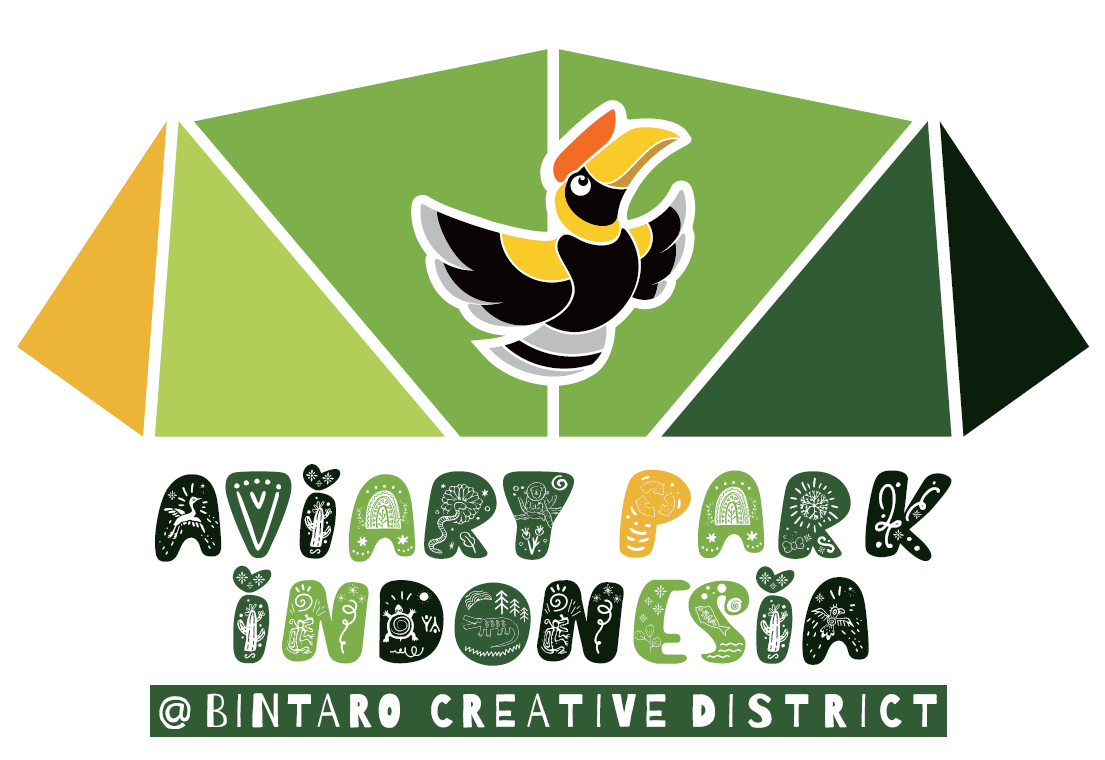Indonesia is home to a diverse array of wildlife, including the fascinating Biawak. This large lizard, also known as the monitor lizard, can be found in various habitats across the archipelago. In this article, we will delve into the world of the Biawak, exploring its characteristics, behavior, and significance in Indonesian culture.
The Biawak is a reptile belonging to the Varanidae family, which includes around 80 species of monitor lizards. In Indonesia, the Biawak can be found in forests, mangroves, and even urban areas. They are known for their large size, with some species reaching lengths of over two meters. Their long bodies, sharp claws, and forked tongues make them formidable predators in their ecosystems.
One of the most striking features of the Biawak is its powerful tail, which can be used for defense and as a weapon against predators. They are also known for their keen sense of smell and excellent vision, which helps them locate prey such as insects, small mammals, and even birds. Despite their carnivorous diet, Biawak also consume fruits and plants, showcasing their adaptability to various food sources.
In Indonesian culture, the Biawak holds a special significance as a symbol of strength and resilience. They are often depicted in traditional stories and folklore as powerful creatures with mystical abilities. In some regions, the Biawak is believed to bring good luck and prosperity to those who encounter it. However, due to habitat loss and poaching, the populations of Biawak in Indonesia are facing threats to their survival.
Now, let’s address some of the most common questions about Biawak:
1. Are Biawak dangerous to humans?
While Biawak are usually shy and avoid humans, they can become aggressive if provoked or threatened. It is important to respect their space and observe them from a safe distance in the wild.
2. What is the lifespan of a Biawak?
Biawak can live up to 20 years in captivity, but their lifespan in the wild is shorter due to predation and environmental factors.
3. Do Biawak make good pets?
Biawak are not recommended as pets due to their large size, specialized care requirements, and potential for aggression. It is best to admire them in their natural habitat.
4. How do Biawak communicate with each other?
Biawak use a combination of vocalizations, body language, and scent markings to communicate with each other. They may hiss, puff up their bodies, or wag their tails as a form of communication.
5. Can Biawak swim?
Yes, Biawak are excellent swimmers and can often be found in water bodies such as rivers, lakes, and mangroves. Their streamlined bodies and powerful tails help them navigate through water with ease.
6. Are Biawak endangered species?
While some species of monitor lizards are considered vulnerable or endangered, the status of Biawak in Indonesia varies depending on the species and region. Conservation efforts are crucial to protecting their populations.
7. What is the breeding season of Biawak?
Biawak typically breed during the rainy season, when food sources are abundant and conditions are favorable for nesting and raising offspring.
8. How do Biawak defend themselves from predators?
Biawak rely on their speed, agility, and camouflage to evade predators such as birds of prey, snakes, and larger mammals. They may also use their sharp claws and powerful jaws to defend themselves if necessary.
9. What is the role of Biawak in the ecosystem?
Biawak play a vital role in controlling populations of insects, small mammals, and other prey species. They help maintain the balance of the ecosystem by acting as predators and scavengers.
10. How can I observe Biawak in the wild?
If you are interested in seeing Biawak in their natural habitat, consider visiting national parks, wildlife reserves, and protected areas where they are known to reside. Remember to observe them from a safe distance and avoid disturbing their natural behavior.
In conclusion, the Biawak is a fascinating animal that plays an important role in the biodiversity of Indonesia. By learning more about these majestic creatures and their habitats, we can appreciate the beauty and complexity of the natural world. Let’s continue to protect and conserve the Biawak and other wildlife species for future generations to enjoy.
